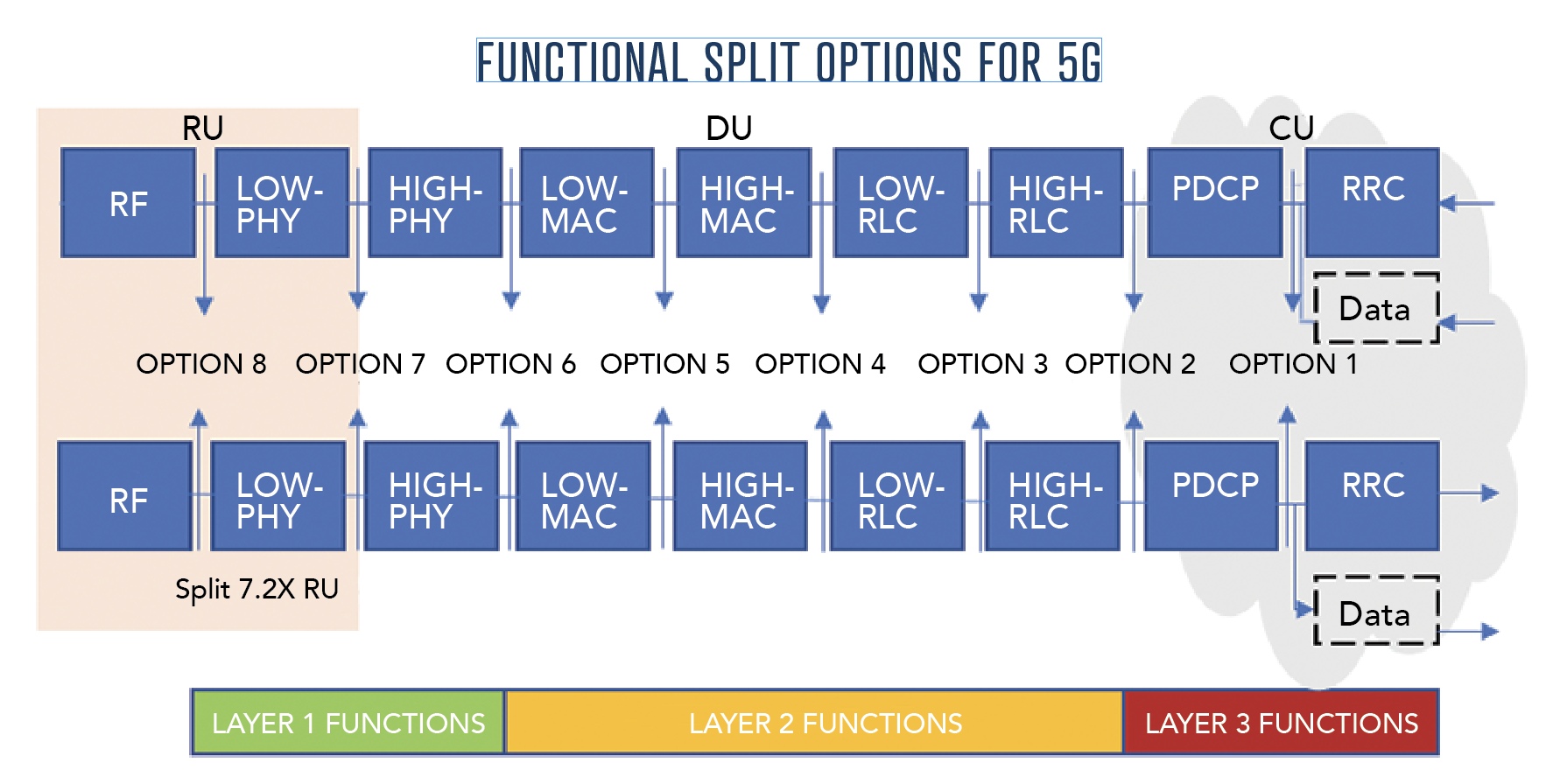5G gNB Higher Layer Split (HLS): Architecture, Benefits, and Use Cases
telcomatraining.com – The fifth generation of wireless communication, or 5G, continues to revolutionize the way we connect and communicate. Among the many innovations driving 5G performance is the Higher Layer Split (HLS) in the gNB (Next Generation Node B) architecture. This advanced method separates base station functionalities to improve network flexibility, reduce latency, and enable efficient deployment models. This article explores the architecture, benefits, and practical use cases of 5G gNB Higher Layer Split.
Understanding the 5G gNB and Higher Layer Split
The 5G gNB is the radio access network (RAN) node that connects user equipment (UE) to the 5G core network. Traditionally, the gNB consists of Central Units (CU) and Distributed Units (DU). The Higher Layer Split, also known as Option 2 split in the 3GPP framework, divides the gNB into:
- CU (Central Unit): Handles high-layer protocol functions like Packet Data Convergence Protocol (PDCP) and Radio Resource Control (RRC).
- DU (Distributed Unit): Manages lower-layer functions such as the Radio Link Control (RLC), Medium Access Control (MAC), and physical layer (PHY).
The HLS enables the CU and DU to be physically separated, allowing for centralized network control and more efficient deployment strategies.
Architecture of 5G Higher Layer Split
In a Higher Layer Split configuration, the CU and DU communicate over the F1 interface, a logical interface standardized by 3GPP. The architecture supports:
- Flexible deployment: CU can be placed in centralized data centers, while DUs remain closer to the radio site.
- Virtualization: CU functions are often virtualized or containerized to run on commercial off-the-shelf (COTS) hardware.
- Interoperability: The F1 interface allows for multi-vendor environments, supporting open RAN initiatives.
This separation makes it possible to scale 5G networks more efficiently while ensuring low-latency and high-throughput communication between the network and end users.
Benefits of 5G gNB Higher Layer Split
Implementing HLS in 5G networks brings numerous advantages:
- Improved Network Efficiency: Centralizing CU functions enables better utilization of computational resources and easier load balancing.
- Reduced Latency: With DUs located closer to users, real-time data transmission is enhanced, improving responsiveness.
- Simplified Operations: Network maintenance and software upgrades become easier with centralized CU management.
- Cost Reduction: Operators can use generic hardware and minimize on-site infrastructure, reducing capital and operational expenditures.
- Scalability and Flexibility: HLS supports diverse deployment scenarios, from dense urban areas to remote locations, making it ideal for tailored 5G services.
Use Cases of Higher Layer Split in 5G
HLS enables multiple use cases that are critical to modern 5G deployments:
- Smart Cities: Centralized control of CUs allows municipalities to manage thousands of sensors, cameras, and IoT devices with ease.
- Industry 4.0: Factories benefit from low-latency communication between machinery and control systems, improving automation and productivity.
- Private 5G Networks: Enterprises can deploy CUs in their data centers and DUs across facilities for secure, high-performance private networks.
- Rural Connectivity: With centralized CU processing, remote regions can be connected using lightweight DU installations, making rural coverage more affordable.
- Edge Computing Integration: HLS complements MEC (Multi-access Edge Computing) by supporting the distribution of computing resources at the network edge.
Conclusion
The 5G gNB Higher Layer Split is a key enabler for flexible, scalable, and efficient 5G network deployments. By decoupling centralized and distributed network functions, HLS optimizes resource usage and supports a wide range of innovative applications. As 5G adoption accelerates globally, HLS will play a vital role in building networks that are not only high-performing but also adaptable to the evolving digital landscape.







